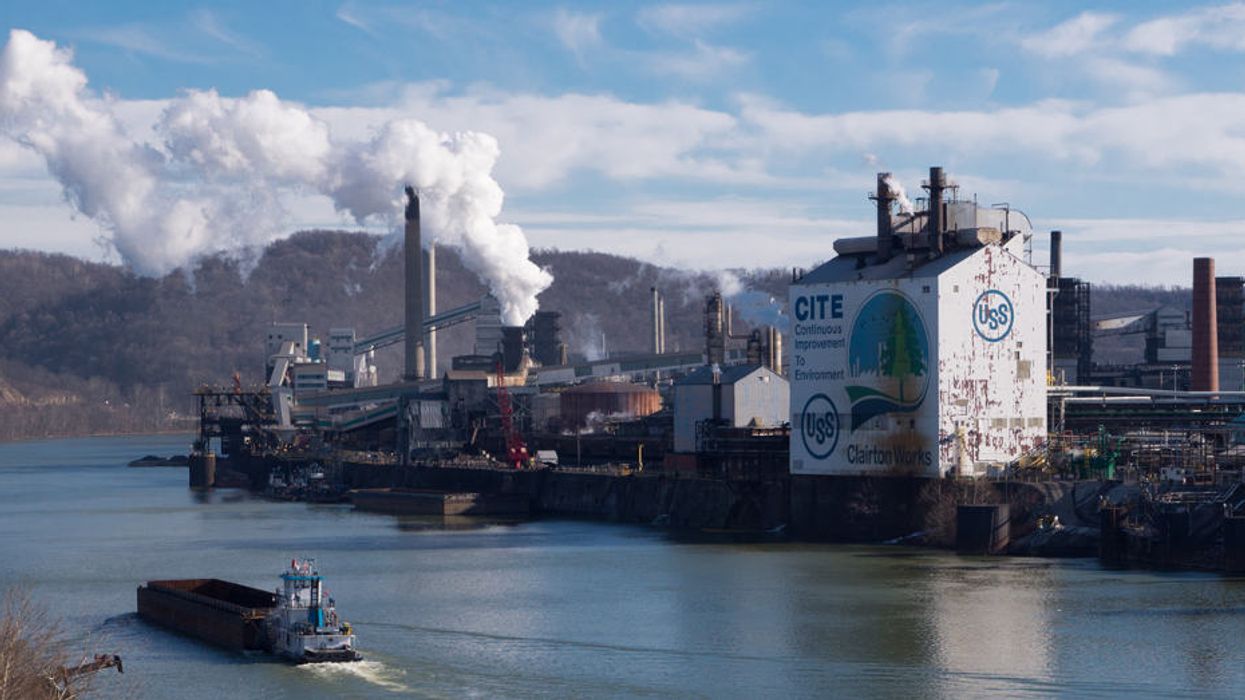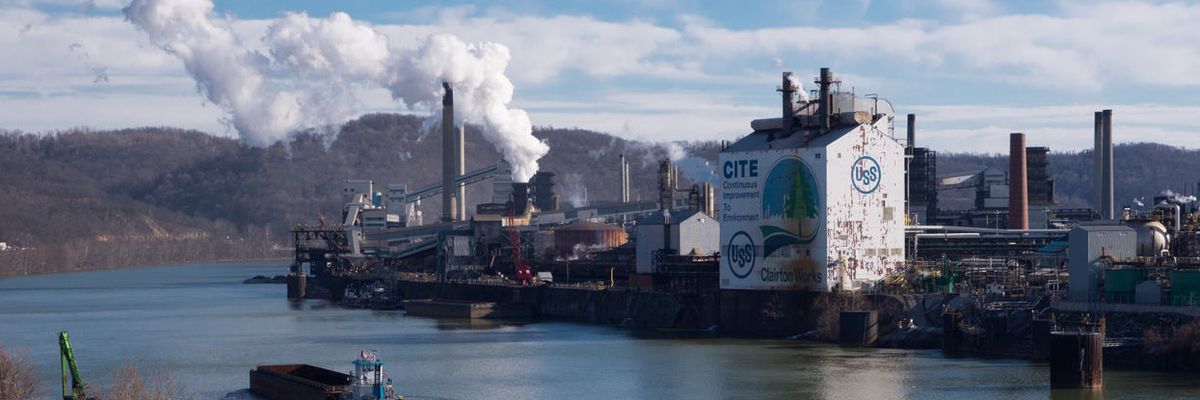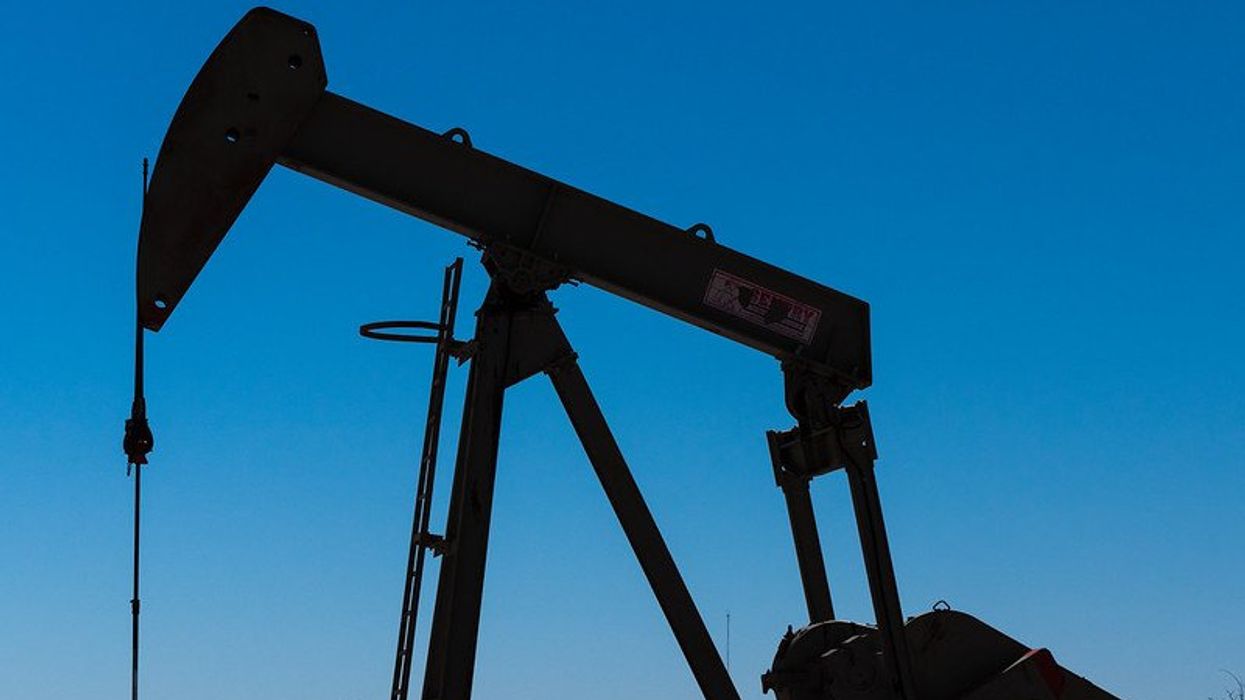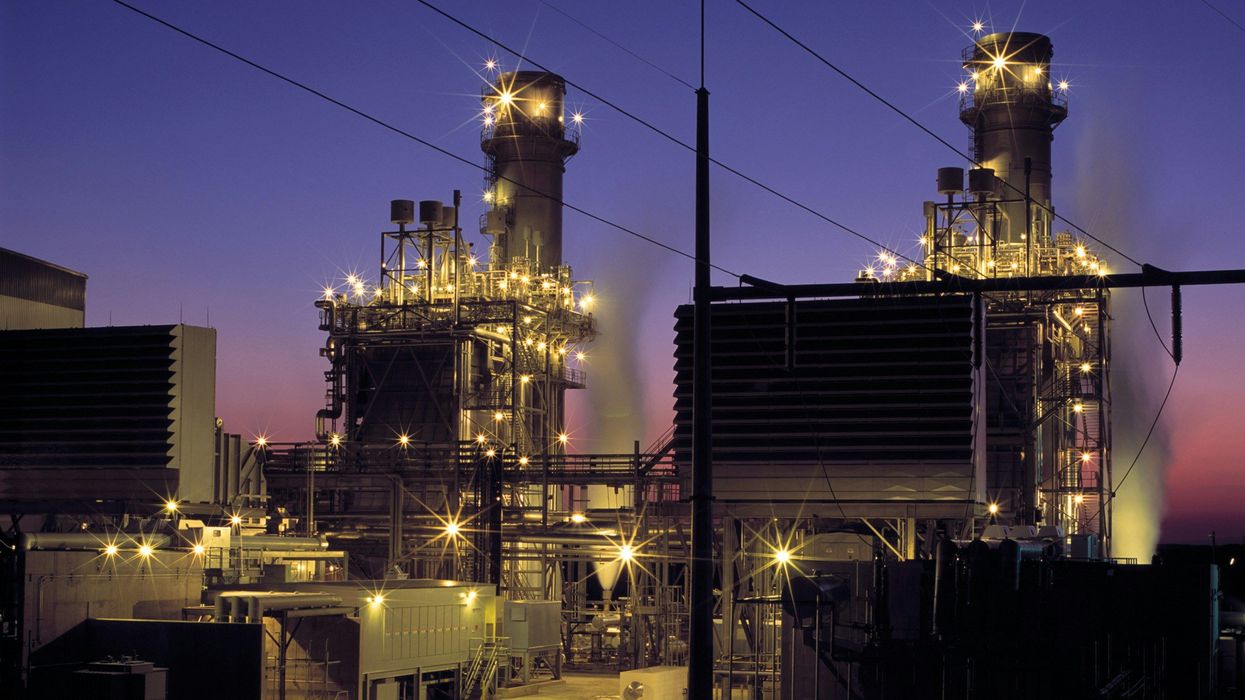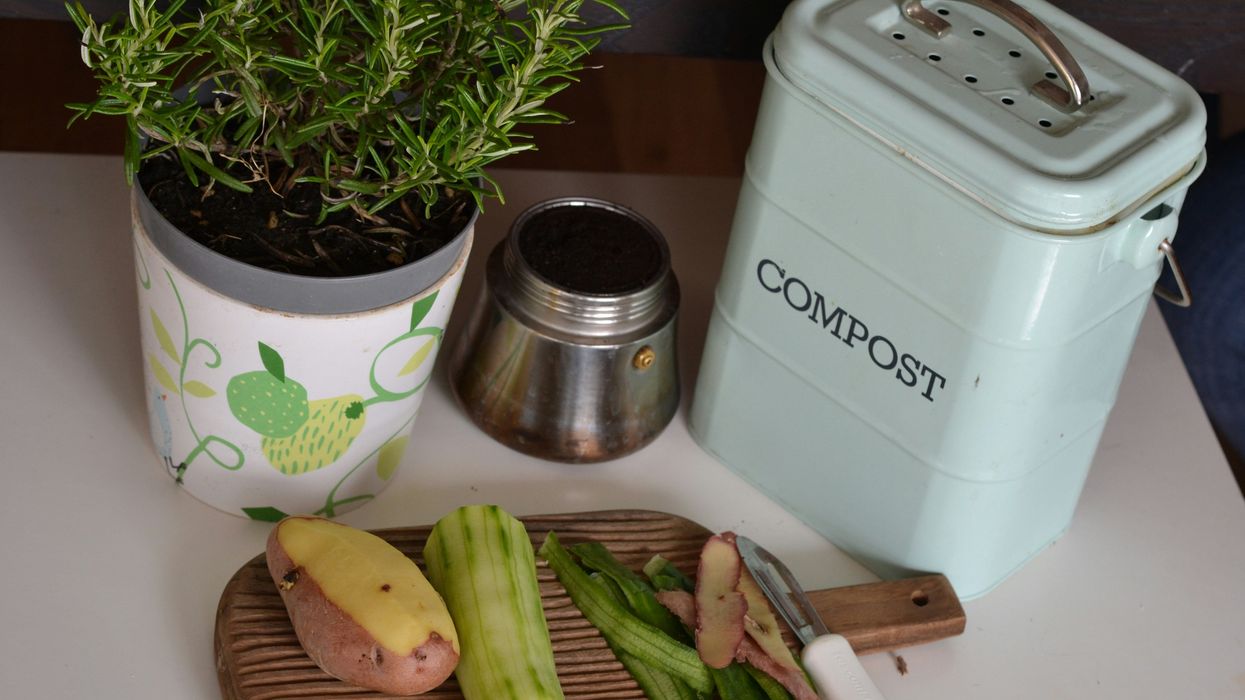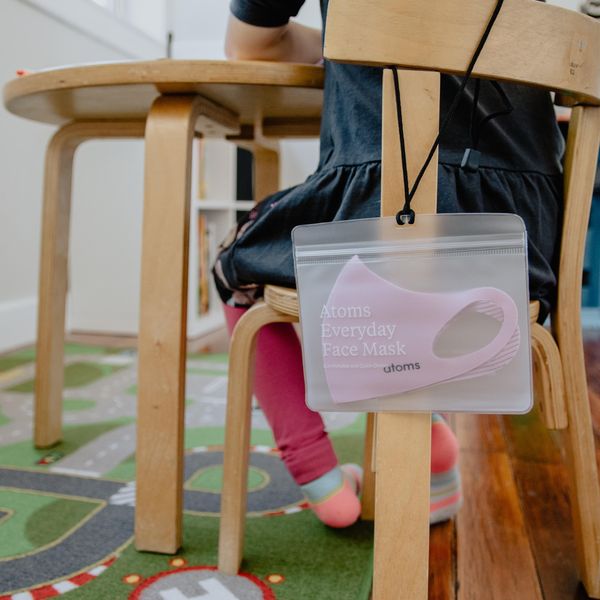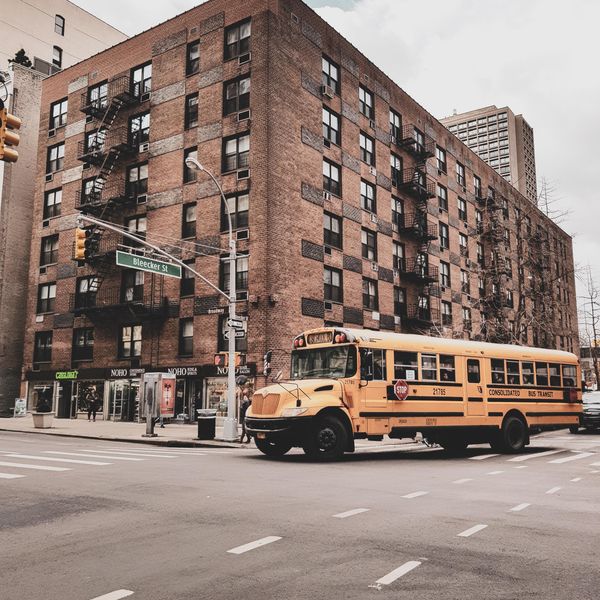Children at an elementary school 15 miles south of Pittsburgh have roughly double the asthma rates of Pennsylvania children and researchers say consistent toxic pollution from a nearby coke plant is mostly to blame.
The school, Clairton Elementary School, is in Clairton, Pennsylvania—home of U.S. Steel's Clairton Coke Works, which is the biggest coke plant in the U.S.
Researchers tested 213 children from Clairton Elementary School and found that 18.4 percent of the children had asthma. "That's a very high number, typically we see 9 to 10 percent," said Dr. Deborah Gentile a Pittsburgh pediatrician and a member of the Pediatric Alliance. Gentile led the research.
In Pennsylvania about 10 percent of children have asthma.
Perhaps most striking—the researchers' testing was the first asthma diagnosis for 15 percent of the students with asthma, meaning the children were living with the disease untreated. Poor and black children in Clairton were more likely to suffer from the disease, which mirrors state data (19.3 percent of black children in Pennsylvania have asthma).
"The rates of childhood asthma as well as poorly controlled asthma among Clairton children are alarming and unacceptable," the researchers wrote in a report published in the Allegheny County Medical Society Bulletin.
About 64 percent of the kids who had asthma that was "poorly controlled," Gentile said, meaning that they weren't getting adequate medicine, which helps control—but not cure—asthma.
In Pennsylvania roughly 27% of children with asthma have uncontrolled asthma.
The Clairton findings were part of a much bigger statewide study that examined asthma prevalence in 1,200 schoolchildren who lived or went to school near industrial sites around Pittsburgh. Last fall Gentile presented the overall findings—22.5 percent of the students had asthma, and about 39 percent of the children were exposed to unhealthy levels of outdoor air pollution.
Gentile said they are in the process of publishing the findings.
In Clairton, they pointed to a major nearby polluter—the Clairton Coke Works Plant—as a culprit for the excessive respiratory problems. "When we adjust for things like economics, race and smoking, these don't appear to drive [asthma] but air pollution does," Gentile said. "Which makes sense, since many kids literally are living on the fence-line of the plant."
Kids from the school live on average one mile from the plant and about a quarter of them were downwind from the air pollution spewing from it. The plant takes coal and turns it into coke, which is used as fuel in blast furnaces to make steel.
According to an Allegheny County Health Department report the plant had at least 6,700 air pollution violations over a three-year span between 2012 and 2015.
Two of the main pollutants near the plant—small particulate matter (PM2.5) and black carbon—are know asthma triggers.
The Allergy and Asthma Foundation of America ranks Pittsburgh the 27th "most challenging" city to live in with asthma, in part due to excessive air pollution.
It goes beyond breathing—asthma is one of the top reasons kids miss school, which can have cascading effects on education and friendships.
Gentile and colleagues point out Pennsylvania doesn't have ways to predict asthma rates in certain regions.
"These results highlight the need for state-mandated asthma screens as well as novel treatment delivery models for high-risk groups, such as school-based clinics," they wrote in the Allegheny County Medical Society Bulletin report.
Kids living in areas with high air pollution face much larger risks of asthma, but some steps can be taken, said Dr. Brian Christman, a professor of medicine at Vanderbilt University Medical Center and a volunteer spokesperson for the American Lung Association.
He said families could monitor air quality and not have children play outside on high risk days, install indoor air filters, or press local politicians to clean things up.
"People deserve clean air," he said. "Having good air doesn't mean giving up jobs. We can, and should, have good salaries, a productive work force and clean air."
- People with asthma in Pittsburgh have been told it’s not safe to breathe outdoors for 25% of days in 2019 so far - EHN ›
- Cancer in Pittsburgh: Prevention lags as pollution persists - EHN ›
- 60% of Pittsburgh kids with asthma don’t have their disease under control - EHN ›

